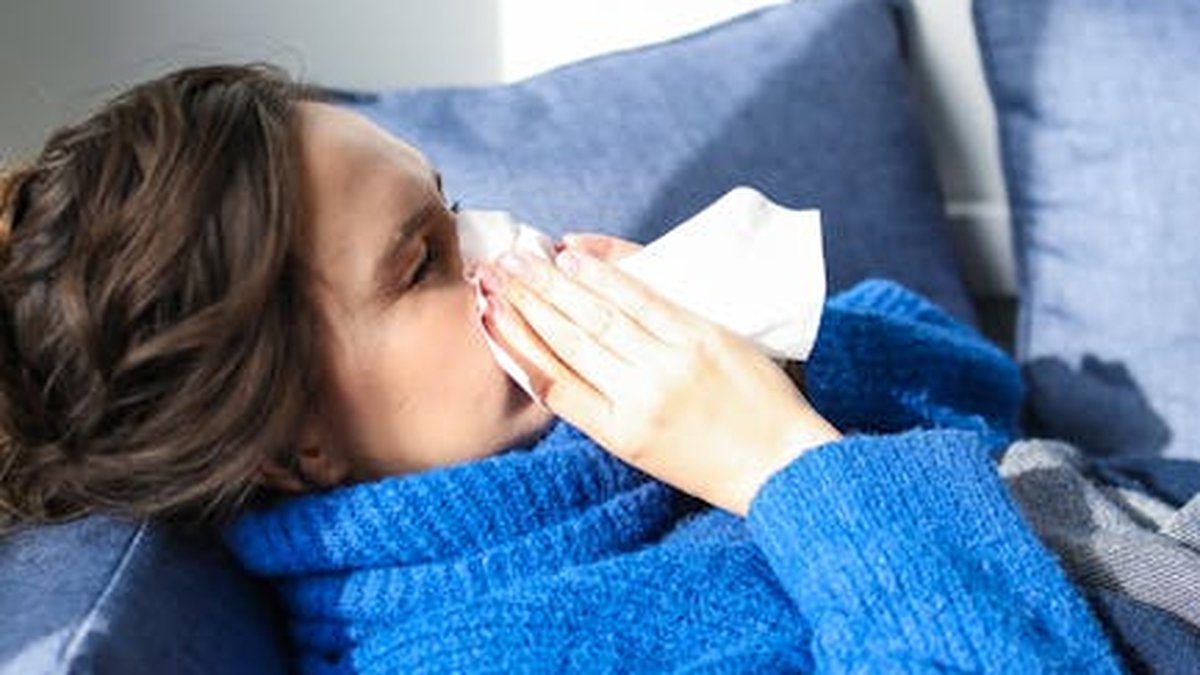Understanding and Managing Allergies During Fall: A Comprehensive Guide
Introduction: Fall Allergies – More Than Just Pumpkin Spice
Fall is a beautiful season, filled with vibrant colors and cozy vibes. However, for many, it’s also a time of sneezing, itchy eyes, and a runny nose. Fall allergies are a common nuisance, and understanding the triggers and how to manage them can make all the difference in enjoying this time of year. This guide will help you navigate the world of fall allergies and provide practical tips for relief.
Common Fall Allergy Triggers
Several allergens become more prevalent during the fall months. Knowing what you’re up against is the first step in managing your allergies.
Ragweed: The Autumn Allergy Villain
Ragweed is the most common culprit behind fall allergies. This plant releases pollen into the air, causing allergic reactions in many people. Ragweed pollen can travel for hundreds of miles, so even if you don’t live near ragweed, you might still be affected.
Mold: Thriving in Damp Environments
Fall weather often brings increased humidity and dampness, which creates an ideal environment for mold growth. Mold spores can be found both indoors and outdoors, and inhaling them can trigger allergic reactions. Piles of damp leaves are a particular breeding ground for mold.
Dust Mites: Flourishing Indoors
As the weather cools down, we tend to spend more time indoors, which can lead to increased exposure to dust mites. These microscopic creatures thrive in bedding, carpets, and upholstered furniture. While dust mites are present year-round, they can become more problematic in the fall as we seal up our homes and turn on the heat, stirring them up.
Other Potential Triggers
While ragweed, mold, and dust mites are the most common, other allergens can also contribute to fall allergy symptoms. These include:
- Pet dander (especially as pets spend more time indoors)
- Weeds (like sagebrush and pigweed)
Identifying Fall Allergy Symptoms
Fall allergy symptoms can mimic those of a common cold, making it tricky to determine the cause. However, there are key differences to look out for:
- Sneezing: Frequent and often uncontrollable sneezing
- Runny or Stuffy Nose: Clear, watery nasal discharge or congestion
- Itchy Eyes, Nose, and Throat: A persistent itching sensation
- Watery Eyes: Excessive tearing
- Cough: Often dry and irritating
- Fatigue: Feeling tired and run-down
Unlike a cold, allergies typically don’t cause fever or body aches. If you experience these symptoms, it’s more likely you have a viral infection.
Managing Fall Allergies: Practical Tips and Strategies
Managing fall allergies involves a combination of strategies to reduce exposure to allergens and relieve symptoms.
Reduce Allergen Exposure
- Monitor Pollen Counts: Check local pollen forecasts and limit outdoor activities on high pollen days.
- Keep Windows and Doors Closed: This helps prevent pollen from entering your home.
- Use Air Purifiers: Choose air purifiers with HEPA filters to remove pollen, mold spores, and dust mites from the air.
- Wash Clothes and Shower: After spending time outdoors, change your clothes and shower to remove pollen.
- Clean Regularly: Vacuum carpets, dust furniture, and wash bedding frequently to remove dust mites and mold. Pay special attention to damp areas like bathrooms and basements.
- Rake Leaves Promptly: Avoid leaving piles of damp leaves in your yard, as they can harbor mold.
Over-the-Counter Medications
Several over-the-counter medications can help relieve allergy symptoms:
- Antihistamines: Reduce sneezing, itching, and runny nose. Examples include loratadine (Claritin), cetirizine (Zyrtec), and fexofenadine (Allegra).
- Decongestants: Help clear nasal congestion. Be cautious with long-term use, as they can cause rebound congestion.
- Nasal Sprays: Saline nasal sprays can help rinse away pollen and irritants. Corticosteroid nasal sprays can reduce inflammation in the nasal passages.
Prescription Medications and Allergy Shots
If over-the-counter medications aren’t providing enough relief, your doctor may prescribe stronger medications or recommend allergy shots (immunotherapy). Allergy shots can help desensitize you to specific allergens over time.
Natural Remedies
Some people find relief from allergy symptoms using natural remedies, such as:
- Nasal Irrigation: Using a neti pot or saline rinse to flush out nasal passages.
- Honey: Local honey may contain small amounts of pollen, which could help desensitize you to allergens. However, scientific evidence is limited.
- Butterbur: An herbal supplement that may help reduce allergy symptoms. Consult with your doctor before using butterbur, as it can have side effects.
When to See a Doctor
If your allergy symptoms are severe, persistent, or interfere with your daily life, it’s important to see a doctor. They can help determine the cause of your allergies and recommend the best course of treatment. Seek immediate medical attention if you experience difficulty breathing, wheezing, or swelling of the face, lips, or tongue.
Conclusion: Enjoying a Symptom-Free Fall
Fall allergies can be a challenge, but with the right knowledge and strategies, you can manage your symptoms and enjoy all that this season has to offer. By understanding your triggers, reducing allergen exposure, and seeking appropriate treatment, you can breathe easier and make the most of autumn. Remember to consult with your doctor for personalized advice and treatment options.






